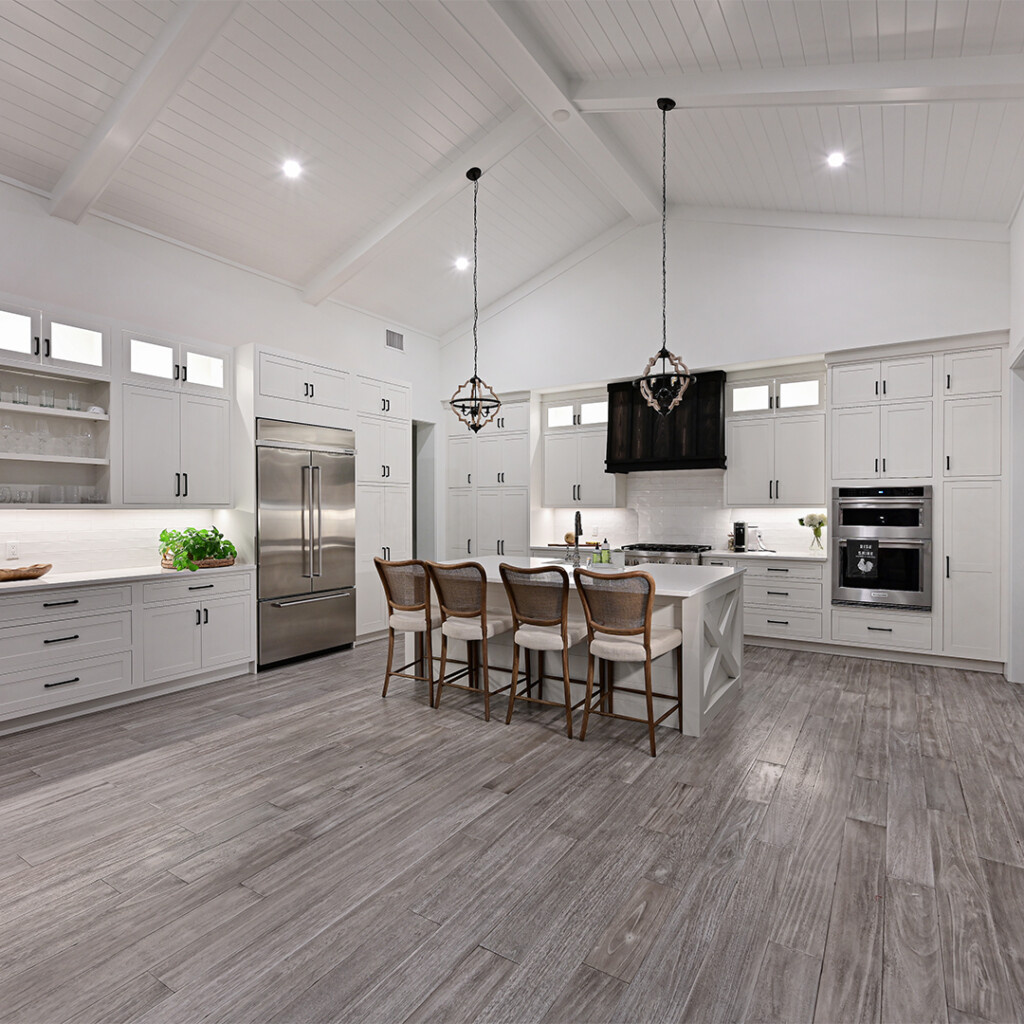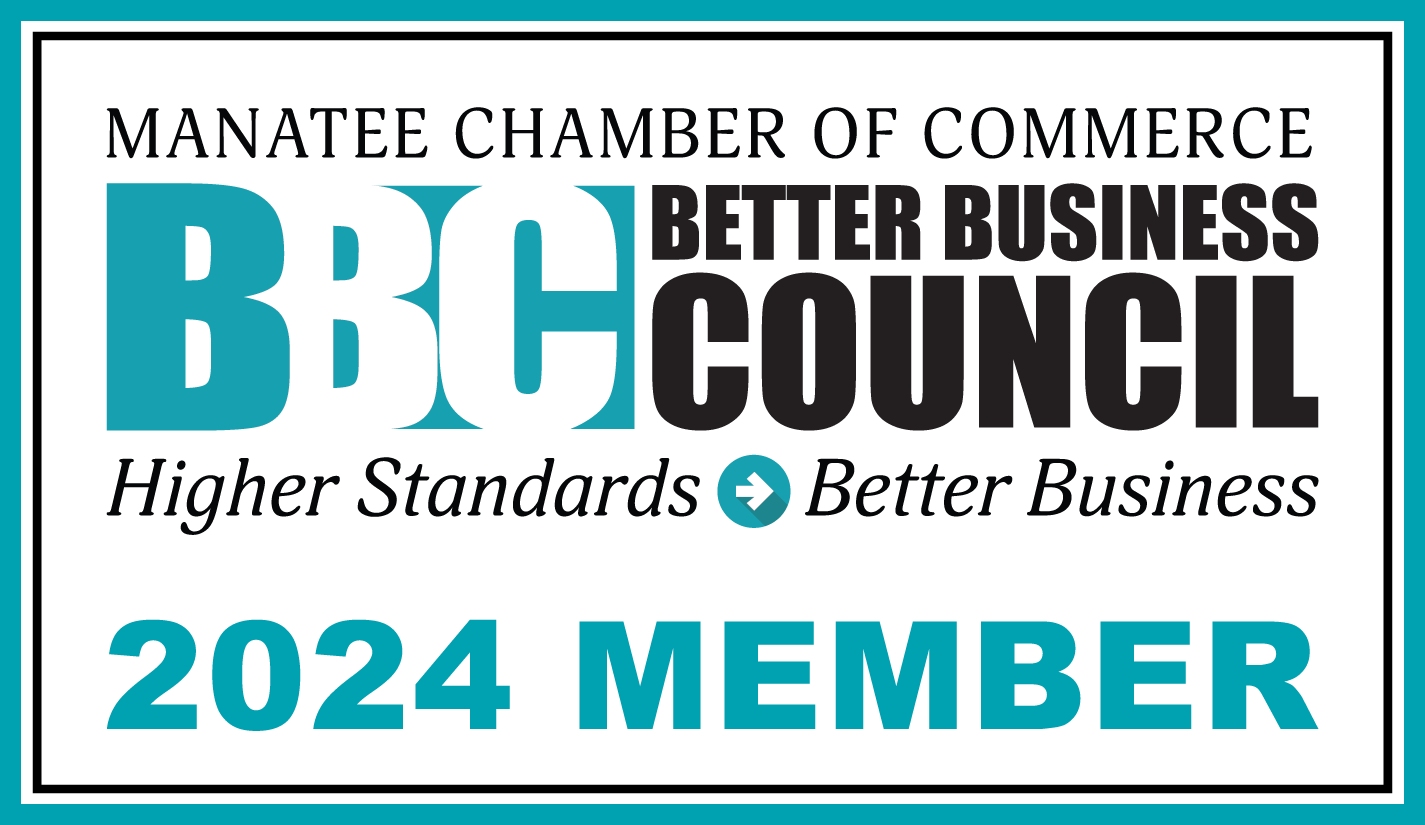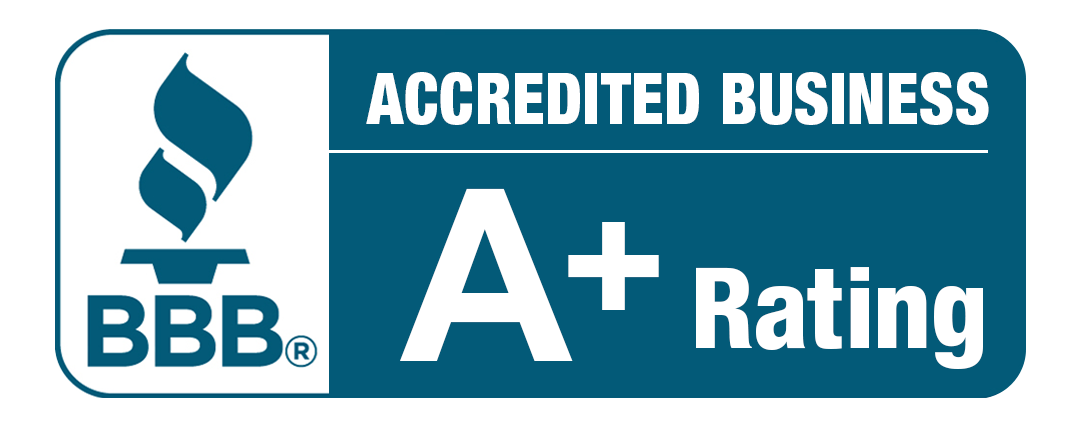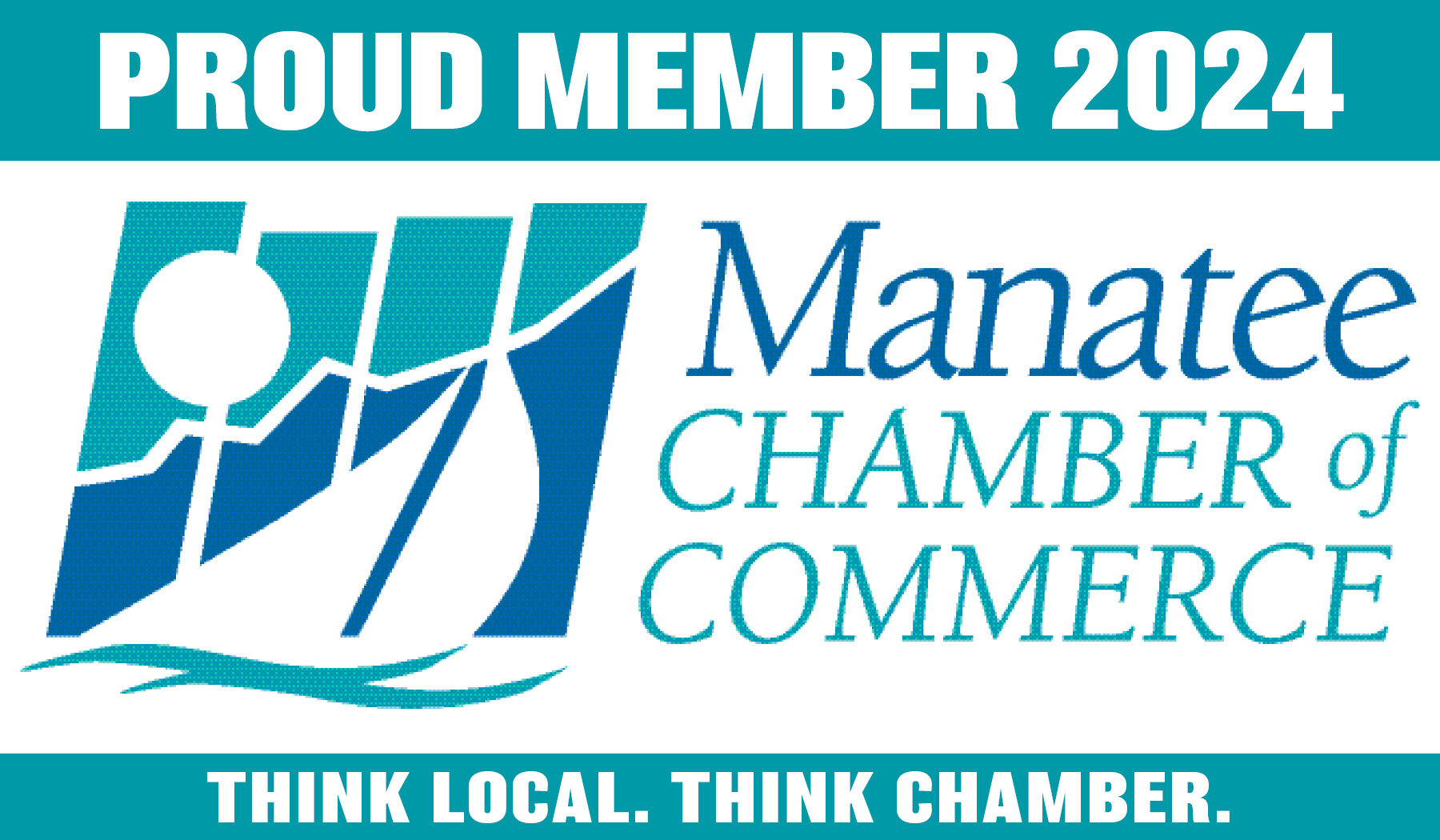As more adults choose to age in place, the demand for homes tailored to the needs of senior citizens is rapidly increasing, especially in Florida, where the warm climate and relaxed lifestyle make it one of the top retirement destinations in the country. For custom home builders, designing a senior-friendly home isn’t just about convenience; it’s about safety, accessibility, comfort, and long-term livability. This article will discuss the essential features seniors are asking for — and how these often overlap with the needs of people seeking accessible home designs.

8 Design Features for Seniors
- Single-Story Living: One of the most requested features in senior-friendly homes is a single-level floor plan. This eliminates the need to navigate stairs, reducing the risk of falls and making daily routines much easier. Accessible homes follow this same principle—keeping all essential living spaces (kitchen, bedroom, bathroom, laundry) on one level supports both mobility and independence.
- Wide Doorways and Hallways: To accommodate walkers, canes, and wheelchairs, wider-than-standard doorways (typically 36 inches) and hallways are a must. This design choice is a core element of universal design, which benefits seniors and anyone with limited mobility by offering better flow and flexibility throughout the home.
- No-Step Entry and Thresholds: A zero-step entryway is critical for anyone with mobility challenges. Homes for seniors often feature flush thresholds at entry doors and between rooms to prevent tripping hazards and make it easier to move freely with assistive devices. Accessible homes always include this feature as part of ADA-compliant design.
- Accessible Bathrooms: Bathrooms are one of the most important rooms to get right. Custom builders in Florida often incorporate special design features as standard options in homes designed for retirees or clients with physical limitations. There may include:
- Walk-in or roll-in showers with seating
- Grab bars in showers and near toilets
- Non-slip flooring
- Comfort-height toilets (slightly taller than standard)
- Lever-style faucets that are easier to operate
- Open Floor Plans and Ample Lighting: Open layouts aren’t just a style preference—they’re a practical way to reduce obstacles and create an easy-to-navigate space. Senior homeowners can also ensure there is plenty of natural light and add LED fixtures with dimmers to reduce eye strain and support aging vision. These elements are also beneficial in homes designed for individuals with disabilities.
- Kitchen Modifications for Ease of Use: In a senior-friendly kitchen, the goal is to make daily tasks simple and safe. Consider lowered countertops or adjustable-height counters, pull-out drawers and shelves instead of deep cabinets, side-opening ovens and easy-access microwaves, lever-handled faucets and large, easy-to-read appliance controls. Accessible homes use many of these same features, particularly in universal kitchens that promote independence regardless of physical ability.
- Smart Home Features and Safety Tech: Modern technology offers peace of mind for seniors and their families. These features support aging in place, but they’re also essential for accessible homes where residents may have difficulty reaching or operating traditional controls. Smart home systems can include:
- Video doorbells and cameras
- Voice-activated lights, locks, and thermostats
- Automatic lighting for hallways and bathrooms at night
- Remote monitoring systems for caregivers or loved ones
- Garage and Entry Features: Many Florida homeowners want to enter the home safely and easily—especially during storms or when carrying groceries. Wider garage spaces for maneuverability and no-step access from garage to interior can help, and covered entryways will provide shelter in the event of inclement weather. These enhancements cater to seniors but are also standard in accessible custom home design.
Florida Builders Are Leading the Way
Florida’s custom home builders are increasingly integrating aging-in-place and universal design principles into new homes. The result is a property that not only meets the current needs of senior homeowners but also ensures long-term functionality and value.
Whether you’re planning ahead for retirement or accommodating a family member with physical limitations, a custom home designed with accessibility in mind is a smart and compassionate investment.
At Bruce Williams Homes, we have six decades of expertise in building houses that meet our clients’ specific needs. Whether for growing families or seniors, we have the skill and expertise you need. Click here to view our portfolio and learn more.
As more adults choose to age in place, the demand for homes tailored to the needs of senior citizens is rapidly increasing, especially in Florida, where the warm climate and relaxed lifestyle make it one of the top retirement destinations in the country. For custom home builders, designing a senior-friendly home isn’t just about convenience; it’s about safety, accessibility, comfort, and long-term livability. This article will discuss the essential features seniors are asking for — and how these often overlap with the needs of people seeking accessible home designs.

8 Design Features for Seniors
- Single-Story Living: One of the most requested features in senior-friendly homes is a single-level floor plan. This eliminates the need to navigate stairs, reducing the risk of falls and making daily routines much easier. Accessible homes follow this same principle—keeping all essential living spaces (kitchen, bedroom, bathroom, laundry) on one level supports both mobility and independence.
- Wide Doorways and Hallways: To accommodate walkers, canes, and wheelchairs, wider-than-standard doorways (typically 36 inches) and hallways are a must. This design choice is a core element of universal design, which benefits seniors and anyone with limited mobility by offering better flow and flexibility throughout the home.
- No-Step Entry and Thresholds: A zero-step entryway is critical for anyone with mobility challenges. Homes for seniors often feature flush thresholds at entry doors and between rooms to prevent tripping hazards and make it easier to move freely with assistive devices. Accessible homes always include this feature as part of ADA-compliant design.
- Accessible Bathrooms: Bathrooms are one of the most important rooms to get right. Custom builders in Florida often incorporate special design features as standard options in homes designed for retirees or clients with physical limitations. There may include:
- Walk-in or roll-in showers with seating
- Grab bars in showers and near toilets
- Non-slip flooring
- Comfort-height toilets (slightly taller than standard)
- Lever-style faucets that are easier to operate
- Open Floor Plans and Ample Lighting: Open layouts aren’t just a style preference—they’re a practical way to reduce obstacles and create an easy-to-navigate space. Senior homeowners can also ensure there is plenty of natural light and add LED fixtures with dimmers to reduce eye strain and support aging vision. These elements are also beneficial in homes designed for individuals with disabilities.
- Kitchen Modifications for Ease of Use: In a senior-friendly kitchen, the goal is to make daily tasks simple and safe. Consider lowered countertops or adjustable-height counters, pull-out drawers and shelves instead of deep cabinets, side-opening ovens and easy-access microwaves, lever-handled faucets and large, easy-to-read appliance controls. Accessible homes use many of these same features, particularly in universal kitchens that promote independence regardless of physical ability.
- Smart Home Features and Safety Tech: Modern technology offers peace of mind for seniors and their families. These features support aging in place, but they’re also essential for accessible homes where residents may have difficulty reaching or operating traditional controls. Smart home systems can include:
- Video doorbells and cameras
- Voice-activated lights, locks, and thermostats
- Automatic lighting for hallways and bathrooms at night
- Remote monitoring systems for caregivers or loved ones
- Garage and Entry Features: Many Florida homeowners want to enter the home safely and easily—especially during storms or when carrying groceries. Wider garage spaces for maneuverability and no-step access from garage to interior can help, and covered entryways will provide shelter in the event of inclement weather. These enhancements cater to seniors but are also standard in accessible custom home design.
Florida Builders Are Leading the Way
Florida’s custom home builders are increasingly integrating aging-in-place and universal design principles into new homes. The result is a property that not only meets the current needs of senior homeowners but also ensures long-term functionality and value.
Whether you’re planning ahead for retirement or accommodating a family member with physical limitations, a custom home designed with accessibility in mind is a smart and compassionate investment.
At Bruce Williams Homes, we have six decades of expertise in building houses that meet our clients’ specific needs. Whether for growing families or seniors, we have the skill and expertise you need. Click here to view our portfolio and learn more.






